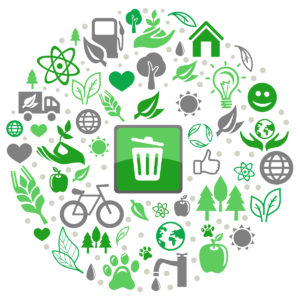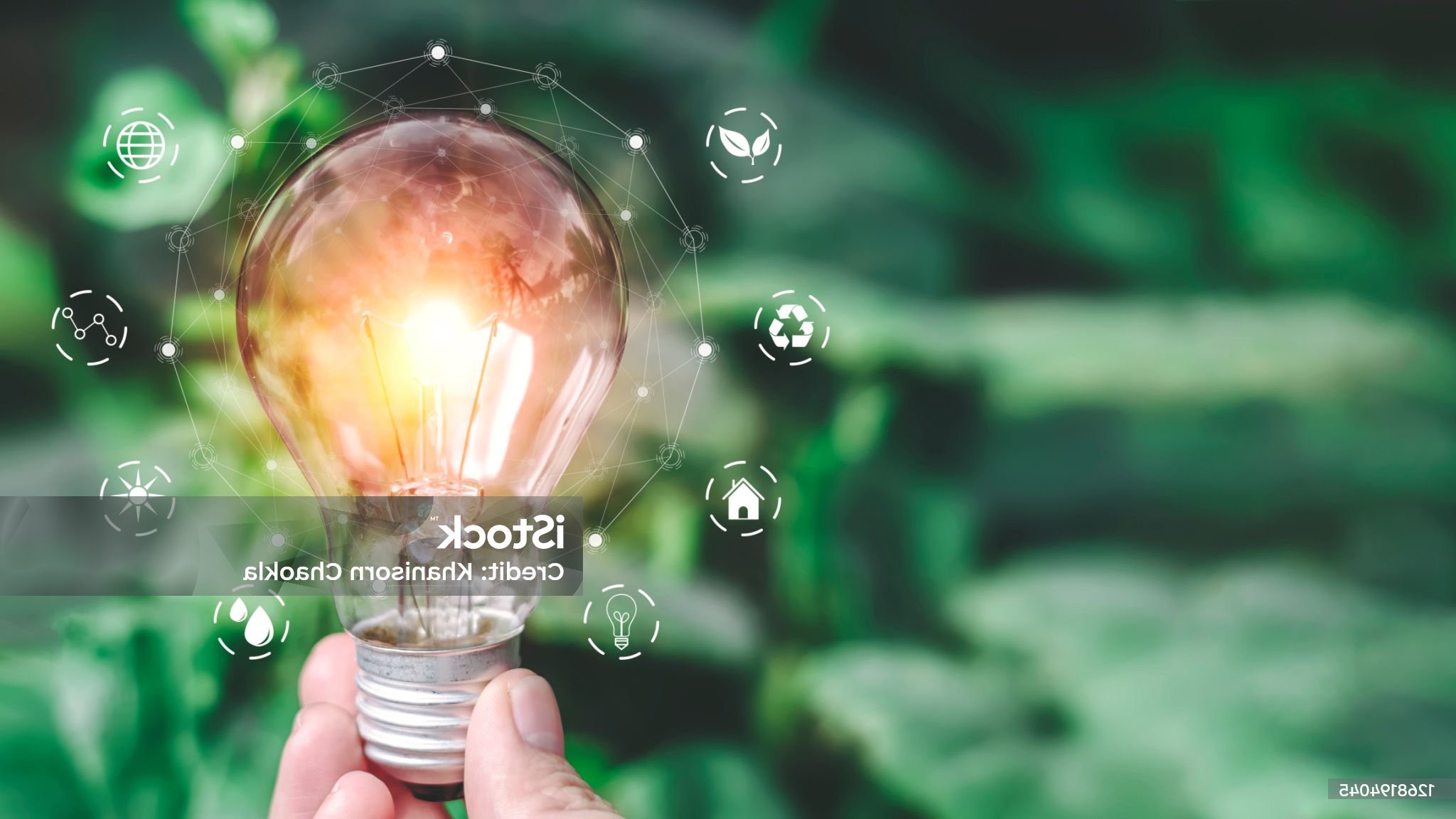
Electrical and Electronic Equipment (EEE) contains all products and parts that run on a power or battery supply. Upon being discarded by its owner, EEE becomes Waste Electrical and Electronic Equipment (WEEE) or electronic waste (e-waste) for short, which currently constitutes the fastest growing waste stream globally.
Electrical and Electronic Equipment (EEE) includes a wide range of products, including nearly all household or business items (excluding vehicles) with circuitry or electrical components that have a power or battery supply for performing their functions.
EEE is increasingly used in everyday living activities at home, work, transport, school, health, recreation, etc. Typical examples include refrigerators, washing machines, lamps, dishwashers, laptops, servers, electric transport, mobile phones, dialysis machines, imaging equipment, and musical instruments. The use of EEE is growing rapidly alongside the overall development of societies, and demand is increasing as new features are introduced, especially in Small IT and telecommunication devices (such as mobile phones and tablets).
According to the EU WEEE Directive and the ‘E-waste Statistics Standards Guidelines’, EEE is classified into six main treatment-oriented categories:
The six categories can be further detailed using the product-oriented UNU-KEYs classification, which divides EEE into 54 different product-centric categories. The UNU-KEYs focus on similarities in function, comparable material composition, average weight, and similar end-of-life attributes.
Once the EEE is discarded, it becomes Waste Electrical and Electronic Equipment (WEEE), also referred to as electronic waste (e-waste). E-waste refers to all electrical and electronic equipment (EEE) and its parts that have been discarded by its owner as waste without the intent of reuse.
Temperature Exchange Equipment0%
Screens and Monitors0%
Large Equipment (incl. PV panels)0%
Lamps0%
Small Equipment0%
Small IT and Telecommunication Equipment0%
Who is Alkemica group?
We are urban miners.
Ten years ago, we started being part of the circular economy and urban mining.
Key Facts
57.4 Mt (Million Metric Tonnes) of e-waste was generated in 2021. The total is growing by an average of 2 Mt a year.
All the defunct earbuds accumulated by 2026 strung together would stretch around the moon three times.
There is over 347 Mt of unrecycled e-waste on earth in 2023.
Europe has by far the highest collection and recycling rate at 42.5%. Asia, in second place, had a rate of just 11.7%. Africa has the lowest at just 0.9%.
Experts expect roughly 5.3 billion mobile / smartphones will drop out of use this year.
82.6% of electronic waste is not recycled (via official channels) and therefore not documented. Researchers cannot accurately track where it ends up.
Only 17.4% of e-waste is known to be collected and properly recycled.
What we can all do together?
Our lives are becoming ever more electrified. There are new phones, new tablets, and new laptops on the market every day. And all of those electronic devices end up as e-waste sooner or later, letting the e-waste stream grow immensely and making it the fastest-growing waste stream worldwide. This is a challenge – and an opportunity – for recyclers.
The Global E-Waste Statistics Partnership (GESP) estimated that in 2019, only 17.4% of e-waste produced reached recycling facilities or was formally managed. Up to 82.6% of e-waste was illegally handled – and a large portion of that was dumped in low or middle-income countries.
According to the WHO, the proper disposal of 17.4% of e-waste prevented an estimated 15 million tons of carbon dioxide equivalent from being released into the atmosphere. Firstly, we need to dispose of used EEE correctly.

Circular Economy: Friend
Circular economy – it seems to be the buzzword of the moment, circling across all industries. But what does it actually entail? According to the United Nations Industrial Development Organization (UNIDO), in a circular economy “materials for new products come from old products. As much as possible, everything is reused, re-manufactured or, as a last resort, recycled back into a raw material or used as a source of energy.”
It’s a way of looking at things differently. Instead of taking raw materials from the environment, turning them into products that ultimately end up back there, it’s much more about taking the waste from the end of the supply chain and putting it back in at the beginning. One could also say that it’s simply about being more thoughtful with the resources we have.
A circular economy is based on three principles: eliminate waste and pollution, circulate products and materials, and regenerate nature. It’s clear where waste management comes in here.
URBAN MINING and why do we need to do more of it?
With respect to the material design, EEE is a complex product. The materials used in EEE include precious metals (e.g. silver and gold), critical raw materials (e.g. aluminium, cobalt, and palladium), strategic raw materials (e.g. nickel and copper), and common metals such as iron.
The current movement toward creating a circular economy is focused on recovering as many of the available materials in the e-waste urban mine as possible. As these materials are still valuable after separation and recycling, they can renter the market and partially cover the present economy’s supply demand.
Strongly inspired by the concepts of industrial metabolism and industrial ecology, urban mining extends the concept beyond the walls of the industry. Urban mining is based on the value recovery of secondary raw materials from anthropogenic sources through biological, chemical, or physical procedures and technological input.


